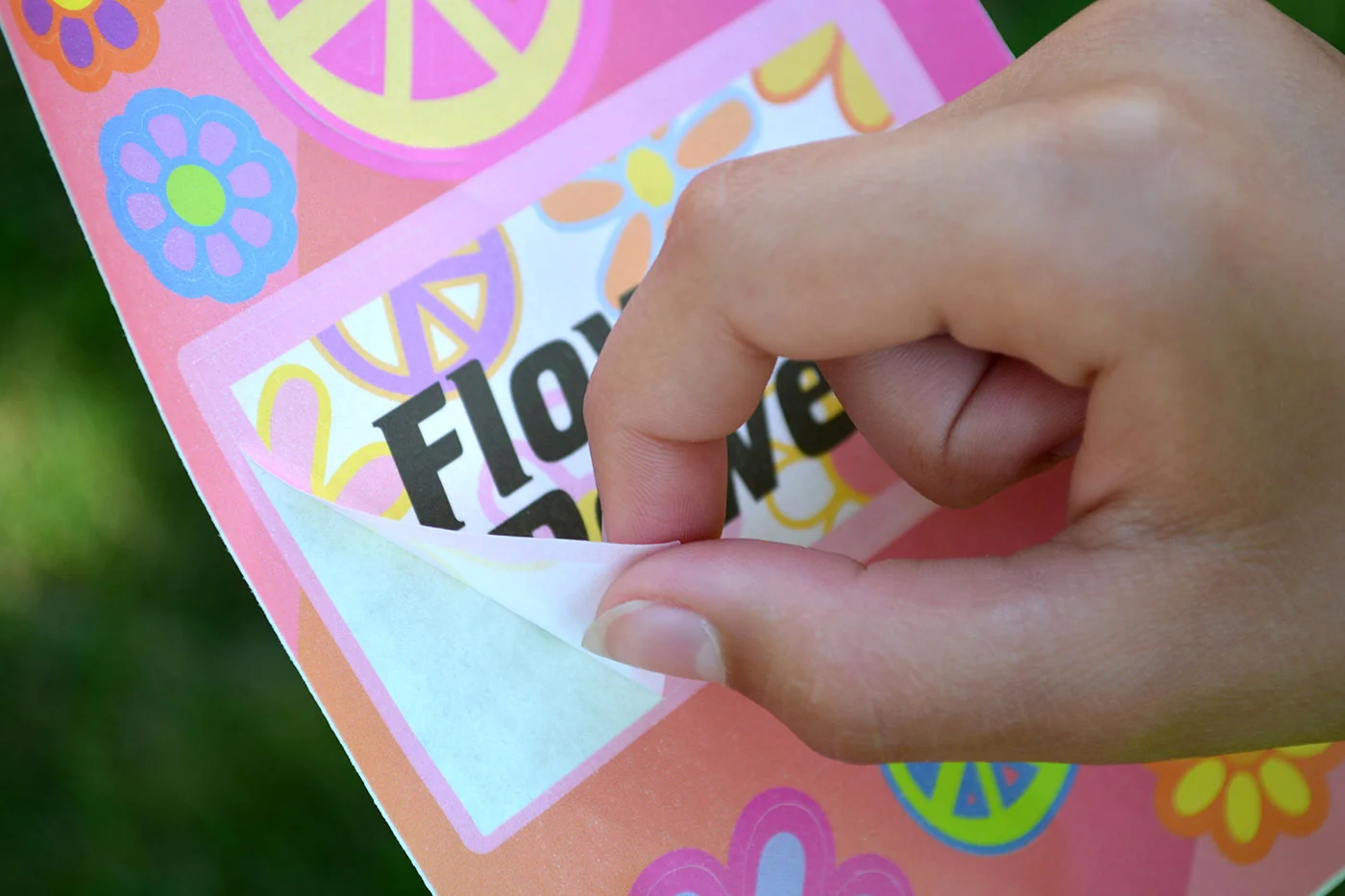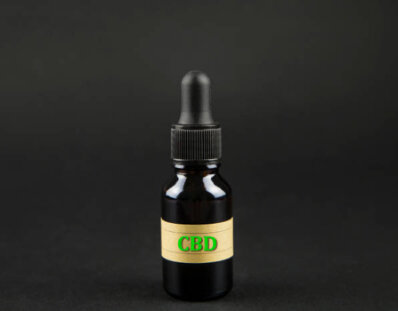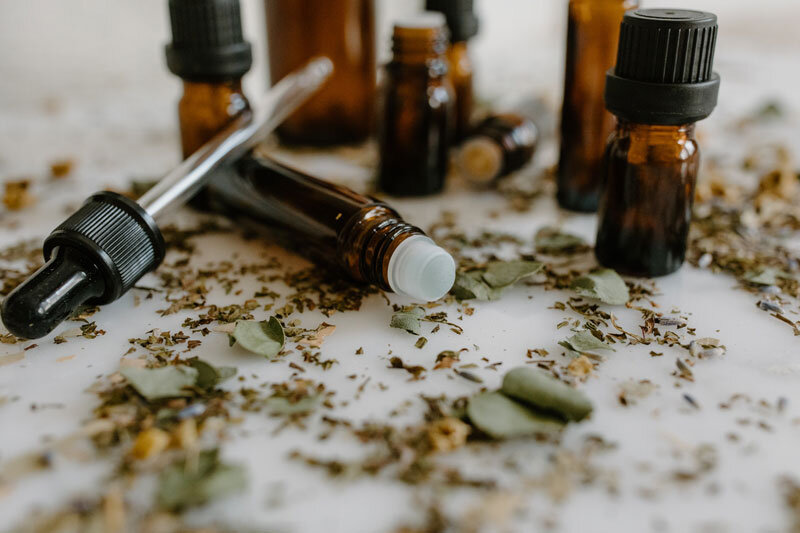As the cannabis and hemp cannabinoid cannabidiol (CBD) quickly became a household name over the past several years, countless product manufacturers sprang up to meet surging market demand for CBD isolate, concentrate and infused products. Sadly, an inevitable side effect of a teeming market is the emergence of shady enterprises, preying on low-information consumers to rake in profits.
In the case of the CBD industry, this manifested most notably in companies making apocryphal to downright ludicrous claims of their CBD products' health benefits. These range anywhere from claims of the ability to slow cancer to claims of being a viable treatment for symptoms of COVID-19. Bootleggers sold purported CBD products online without any ingredient panel or information, which when independently lab tested by unsatisfied buyers turned out not to contain any CBD at all.
In November 2019, the Food and Drug Administration (FDA) finally cracked down on the underregulated industry with public hearings and written cautions to over a dozen CBD companies. The FDA has since set labeling and packaging requirements in stone, along with marketing regulations on a per state basis. The new rules are designed to improve what officials famously described as "a lack of regulation resembling the Wild West" plaguing the CBD industry.
While the FDA's new product manufacturing standards are sure to put bootleggers and some struggling businesses out of operation, they've been widely welcomed by CBD consumers, manufacturers and even investors as a boon for the industry. Both major and smaller, well-reputed companies stand to benefit from a legal framework of guidelines that moves CBD further into the mainstream while simultaneously driving off undesirable enterprises.
Are there non-negotiable labeling elements?
As of this writing, there are five required labeling elements on any CBD product label or package. These are:
An identity statement (i.e. what the product does)
A Net Quantity of Contents listing
A Supplement Facts or Nutrition Facts panel (depending on if the product is a dietary supplement or infused food or beverage)
A clear and legible Ingredients panel
A company name, address and contact listing
While a good deal of information is now mandatory in CBD product labeling and packaging, many companies enjoy increased sales in this crowded and competitive market by making use of additional prudent labeling strategies. Let's look at some of the ones catching on most rapidly across the increasingly well-regulated CBD industry.
Dosage Per Serving and/or Per Container
Even the strongest CBD oil is bound to raise eyebrows — along with the attention of the FDA — if it isn't properly and accurately labeled. Companies selling high quality CBD oil benefit from listing dosage per serving information on bottles, packaging and even enclosed leaflets for the same reason other companies use “Non-GMO,” “Cruelty-Free” and “Vegan” labels on their products; it attracts like-minded consumers and positively distinguishes market entries from the competition.
Isolation and infusion methods which produce higher potency end products are significantly more expensive and time-consuming. Companies with the capital and logistical capability to make use of high end machinery and distillation procedures would do well to put their best foot forward from a marketing perspective by highlighting their product potency. This easily justifies higher price points in the minds of prospective buyers, in turn helping to maintain a sustainable business model.
Batch Number and Information
Many companies take the concept of full product transparency in Ingredient as well as Supplement or Nutrition Facts panels and take it a step further. Batch numbers are essentially a printed designation that allows consumers to trace the production history of an item. This includes everything from batch dates to all aspects of manufacturing and control particulars; things like total batch transit time, warehouse locations and so on.
Batch numbers and information can be traced through phone or online customer service channels, and are that extra step in product transparency that substantially increases consumer trust. Naturally, trusted companies typically have a much easier time gaining a stellar reputation in any industry.
Storage Requirements or Recommendations
While not required by law for non-perishables in all states, storage requirements or recommendations are increasingly ubiquitous on CBD isolate, concentrate and infused products. This is likely an effort against the phenomenon of negative product reviews made in error, where consumers store their CBD in poor conditions and subsequently report a poor product experience.
A good rule of thumb is to always direct consumers to refrigerate perishables — such as CBD-infused food and drinks — after opening, and keep other products like CBD oils and tinctures in a cool, dry place. Printing these instructions take up little to no room on product labels and packaging, but will assure accurate product reviews from consumers.
Avoiding Spurious or Outrageous Health Claims
It's important to note that companies going overboard with health claims around their CBD products is what finally caused the FDA to crack down on the entire industry in the first place. For this reason, many CBD companies are now keeping such claims to an absolute minimum on their product labels and packaging.
Other states, such as California and Oregon, legally require that all CBD products contain no health claims whatsoever, prompting nearly all companies in these states to avoid including anything other than essential product information. Health claims are obviously different from identity statements which are required on CBD products nationwide (ex. "sleeping aid" or "sports recovery balm").
Web-Based Product Authentication or Verification
Providing web-based product authentication is the top trend for converting first-time buyers and curious consumers into regular shoppers in every major market today; from high end fashion items to protective smartphone cases. The best part? It costs companies little more than a single panel on product packaging, a slick, attractive website and an accommodating web user interface.
By providing a simple QR code, consumers can verify their purchased product's authenticity via the company website, providing companies with a golden opportunity to parlay the verification process into a registration or membership sign-up. They can incentivize this turnover with member-exclusive discounts, holiday deals or even product announcement newsletters via email.
Web authentication is a popular labeling strategy across every industry, and with good reason. In the CBD space, it's been invaluable in helping top brands achieve market dominance with unrivaled consumer engagement and feedback availability. Its incidental advantages aside, web authentication helps build consumer trust and brand reputation by integrating quality assurance with product transparency.
Web authentication is also universally applicable, as even smaller packages or labels with no room for QR codes can still make do with printed serial numbers and a portal URL.
For information on how to label your CBD products, please contact Century Label today for all your CBD labeling and packaging needs.
Article written for Century Label by Eric Van Buskirk














